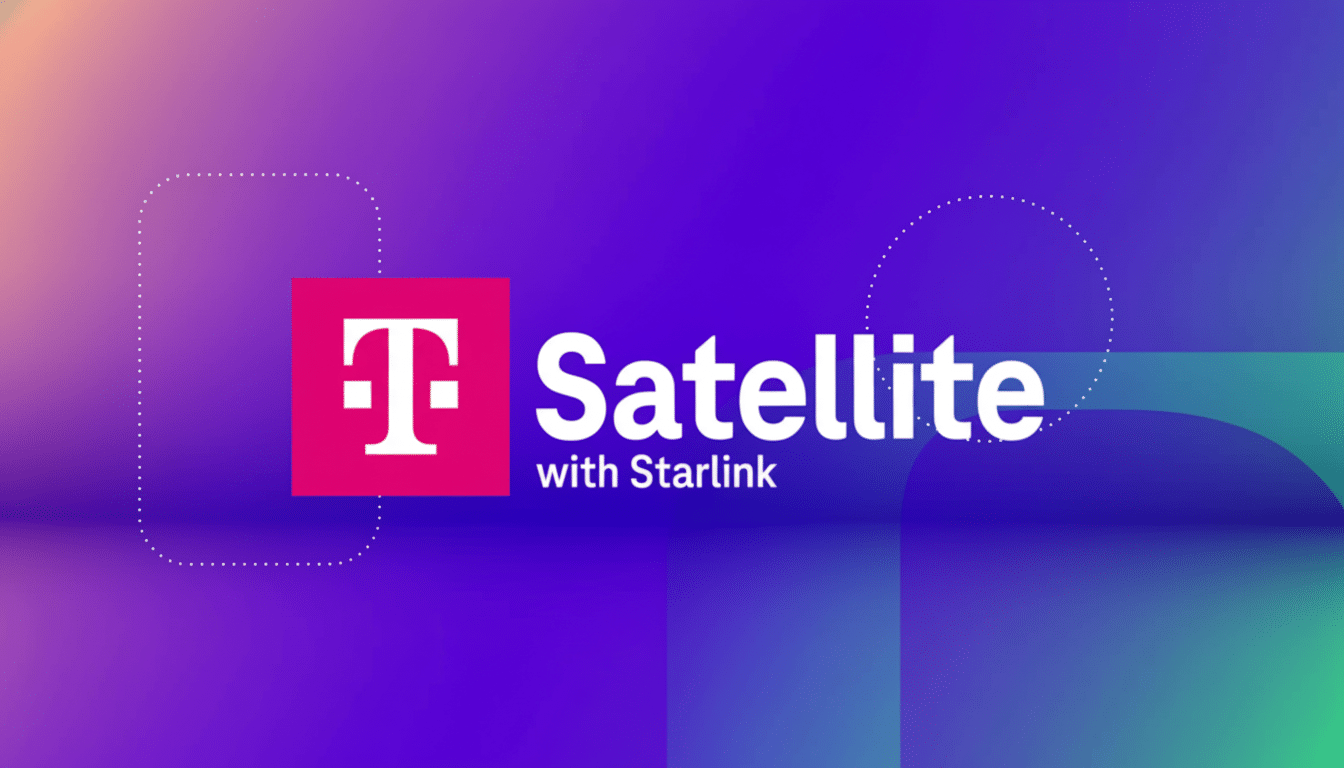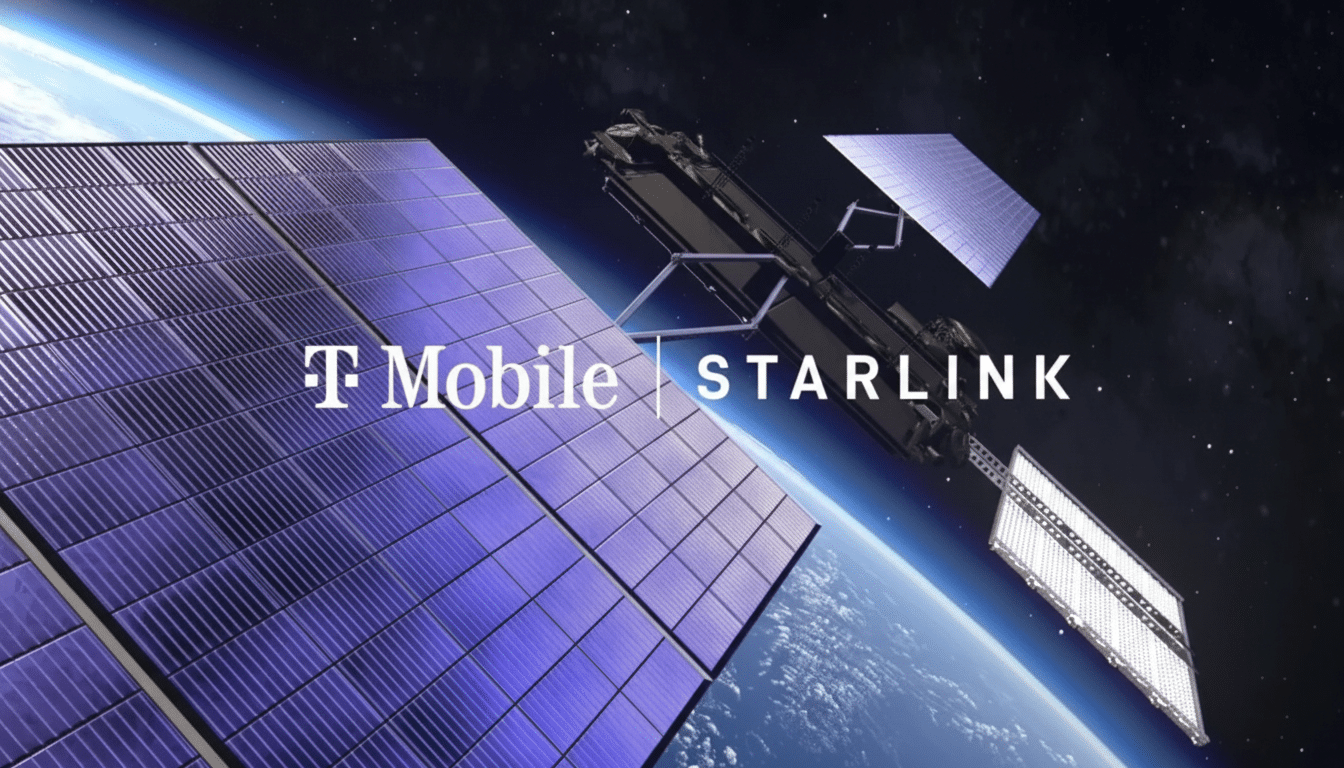T-Mobile’s new satellite-to-phone add-on, which it brands as T-Satellite and draws fuel from Starlink, is picking up pace with an expected crowd and an eyebrow-raising buddy. The most recent analysis of Ookla’s Speedtest Intelligence, for example, indicates that T-Mobile subscribers are the vast majority of connections happening up to this point, but AT&T is quite far behind, and Verizon customers aren’t showing up nearly as much at all.
The initial picture is clear: this is a T-Mobile-led service with significant cross-carrier curiosity—just not from Verizon, for whom many customers already have an alternative way to access rudimentary satellite messaging.

Who Is Really Using T-Satellite, According to Ookla
Among Android phones that were running Ookla software and connected to Starlink during the study period, 60.9 percent were on T-Mobile. AT&T accounted for 34.0 percent, Verizon only 2.2 percent, and 3.0 percent were from AT&T’s FirstNet service for first responders. Ookla observed 281 T-Mobile devices in one sampled week for the report, 178 on AT&T, and just ten on Verizon.
Speedtest data is collected from millions of devices; however, this satellite subset is still fairly small, so consider the split directional and not dispositive. Still, it illuminates where consumers are experimenting first—and which carriers appear to be falling behind in the early going.
Why Verizon Users Shrug at T-Satellite Adoption
One obvious reason for the disparities in Verizon usage: Many customers with recent Samsung Galaxy or Google Pixel Android devices on Verizon already have free satellite texting through the carrier’s partner, Skylo, according to Ookla analyst Mike Dano. If you get basic but not premium emergency messaging right now at no extra cost, there is a much smaller potential benefit to T-Satellite.
Friction also matters. T-Mobile bakes T-Satellite into its premium plans—Experience Beyond includes it, and Experience More gives you access for a limited time before transitioning to the monthly fee of $10. Everyone else pays $10 a month now, and non–T-Mobile customers have to add the feature over the phone or in person at a T-Mobile store. That small additional step is a subtle but genuine deterrent.
Where Starlink Phones Appear, From Forests to Fire Zones
Ookla mapped the counties with the most Starlink-connected phones, and one is a clear outlier: Los Angeles County. It is not urban sprawl; it’s the Angeles National Forest, which contains a wilderness area and a stretch of the Pacific Crest Trail. This group of hikers, off-roaders, and backcountry workers is exactly the segment that appreciates the value of a satellite safety net.

Major wildfires in that area also provided the service with an early real-world stress test, when SpaceX and T-Mobile briefly turned on roaming for free in affected regions. That sort of emergency trigger is the most appealing use case right now and could set consumer expectations for future disasters.
The Coverage Context: How Often Phones Need Satellite Help
Satellite add-ons exist in the margins of a margin, and this margin is minuscule for most people. According to Speedtest data, phones spend only a sliver of time with no carrier service: 2.41% on Verizon, 2.68% on AT&T, and 3.18% on T-Mobile. Nonetheless, when coverage vanishes, it matters. T-Mobile has the lead on 5G availability, too: T-Mobile’s 5G is available around 69.44% of the time, while AT&T’s is at 60.15% and Verizon’s is at a relatively paltry 34.68%, so its base may be better equipped to test out new layers of network coverage, even if it means relying on space-based backup.
The Future of Space-to-Phone: Capacity, Voice, and Data
SpaceX hopes to scale capacity and reach with bigger v3 satellites launched by its Starship rocket.
Starship has yet to make it to orbit after 11 test flights, but if it does succeed there, throughput and reliability for satellite roaming on Earth could improve by orders of magnitude. SpaceX is also planning to increase its terrestrial integration by buying spectrum from Boost Mobile, suggesting aspirations beyond emergency texts.
Competitors are hardly standing still. Skylo is also working on adding voice, in an attempt to make itself more relevant beyond basic messages. AT&T and Verizon have contracts with AST SpaceMobile, which aims to provide messaging, voice, and data service directly to regular smartphones using huge low-Earth-orbit (LEO) satellites. The network that powers Apple’s iPhone satellite messaging, Globalstar, has said it intends to build a new constellation to offer more services.
The takeaway: T-Satellite’s initial customer base comprises T-Mobile devotees and intrepid AT&T users, while Verizon customers generally keep the faith in Skylo. The next phase of growth will depend on two upgrades—taking the step from texts to voice and basic data, and making it as easy to sign up with Movistar or C&W as clicking a carrier toggle. If they come at the same time as more capable satellites, then the space-to-phone race becomes not a niche peace-of-mind purchase but something that you’ll use every day.

